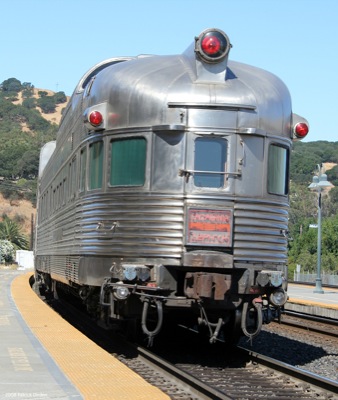Despite all the hoopla over subprime loans and unscrupulous lenders exploiting low-income homebuyers, a new analysis by University of Texas economist Stan Liebowitz finds that subprime was not all that important in the housing crisis. Most mortgage foreclosures involved prime loans, not subprimes or loans with introductory “teaser” interest rates that soon reset upward.
Instead, the majority of foreclosures involve prime borrowers who bought houses, often with little or no down payments, thinking they would appreciate. When housing prices declined instead to the point where they were “under water” — i.e., the loans were greater than the value of the homes — many people simply walked away and let the banks foreclose.
In a housing market unfettered by government regulation, home prices rise and fall with local incomes. Unless a major industry shuts down (think oil in Houston in the 1980s, Boeing in Seattle in the 1970s, the auto industry in Michigan today), home price declines tend to be small. To guard against people leaving homes, lenders traditionally require 10 to 20 percent down payments. This insures that the equity people have in their homes will almost always be greater than the remaining mortgage.









